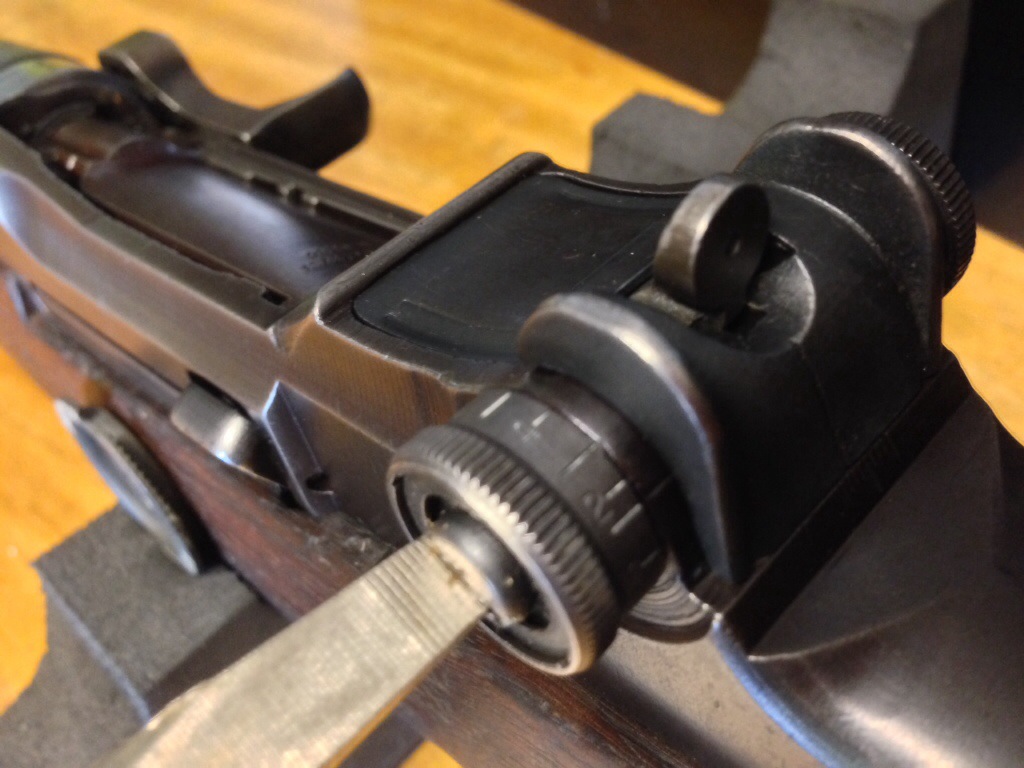It was a perfect weekend here in SEPA, sunny mid 70s just a light breeze.
I managed to sneak away from my yard work for a hour or two with my rimfire A2.
The high power range was crowded, due to the nice weather, but I had the rimfire range more or less to myself, which was relaxing. I had a couple of things to work on.
First I’ve been having some problems with my hand cramping/fatiguing in slow prone. I theorized I had a bit too much “downward pressure” so I brought my sling out another notch which seemed to help. Of course now I’m getting awful close to running out of sling.
Second, I needed to work on off hand. While I’ll never be done practicing, I came to some interesting revelations. The High Power range must be angled up hill because my NPA is awful high. This isn’t so much a problem but explains why my position varies from range to range. Additionally, I pulled up and left, just like I did at the matches the weekend before. After reviewing the video on my GoPro it looks like I am flinching a little in anticipation, even with my 22. So some more dry fire and rimfire practice are in order.
Unrelated to practice, I enjoyed spending some time with my 22. The range was quite, shaded and peaceful. It was a nice change, I am going to try to spend some more time shooting 22.








